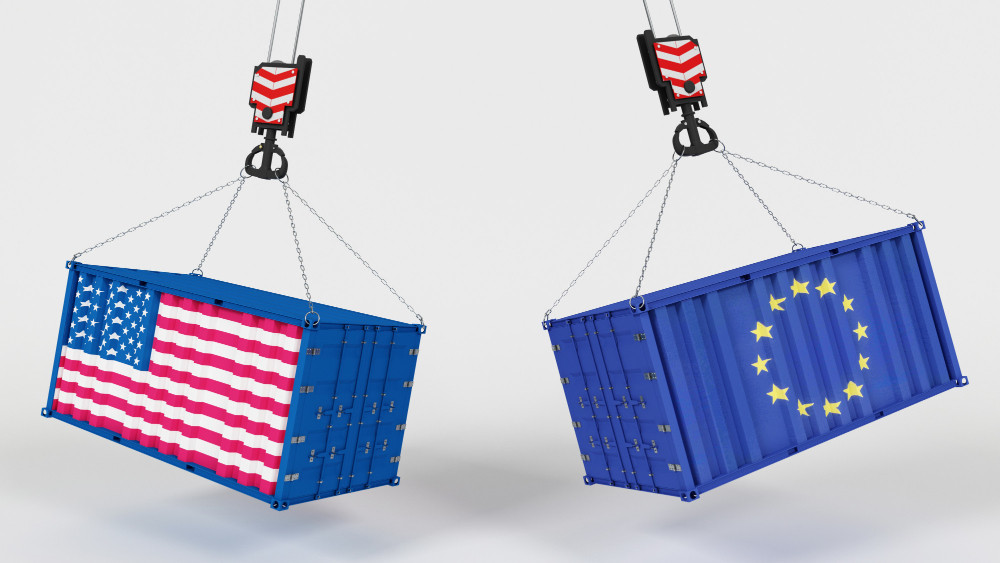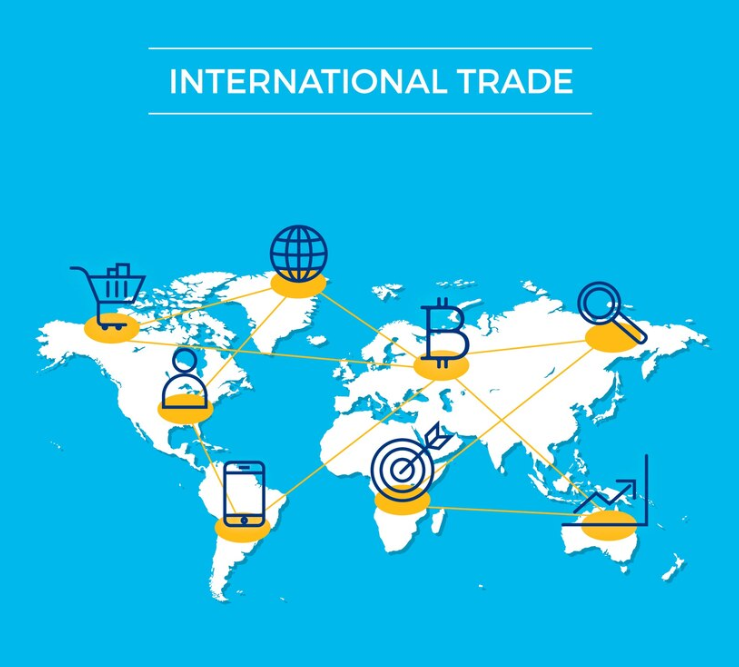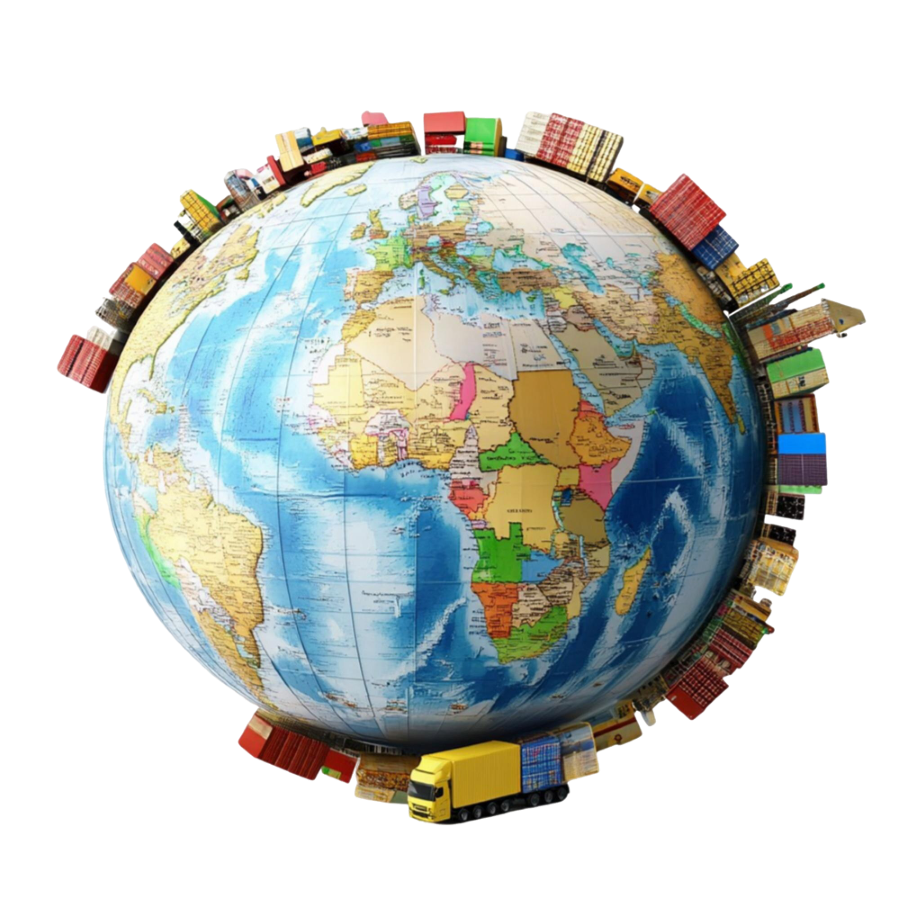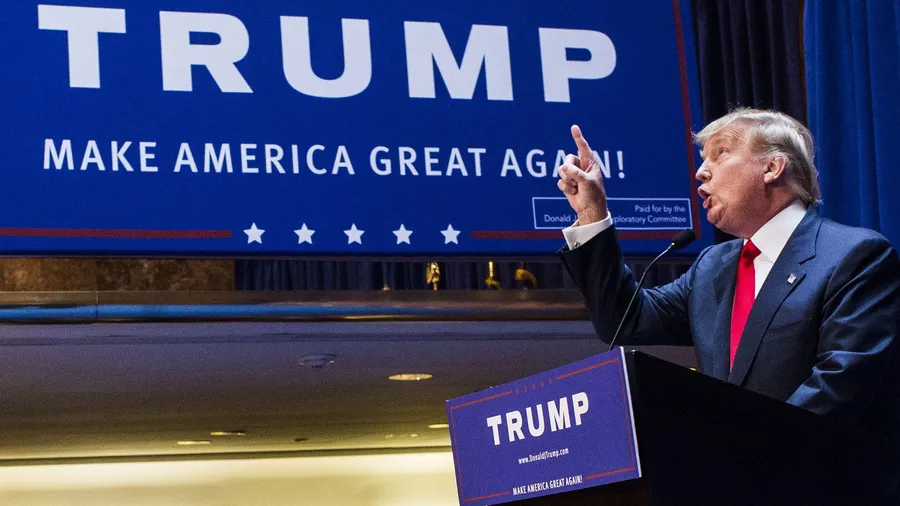What’s the goal behind Trump’s Liberation Day tariffs? The world is buzzing with news that could change how we shop, work, and live.
On April 2, 2025, President Donald Trump stepped into the spotlight with a big announcement that’s making waves far beyond America’s borders.
He’s calling it “Liberation Day,” and it’s all about new taxes on goods coming into the U.S. from other countries.
Why is this happening? What’s it all about? And how might it affect you?
Keep reading to find out what’s behind this surprising move and why everyone—from regular people to world leaders—is talking about it.
What Trump Announced on “Liberation Day” Tariffs?

On that spring day, Trump spoke from the White House, surrounded by supporters and charts. He laid out his plan: a 10% tax on all goods imported into the U.S. from every country.
But that’s just the start. Some nations face even bigger taxes—China will see 34%, the European Union 20%, Japan 24%, and Taiwan 32%.
Trump calls these “reciprocal” taxes, meaning they match what he says those countries charge American products.
His goal? To help American businesses and workers. Trump said other countries have been “cheating” the U.S. for years by taxing American goods while sending their own products here cheaply.
“Liberation Day is about making America strong again,” he told the crowd. He believes these tariffs will bring back factory jobs and make the U.S. less dependent on foreign stuff.
But not everyone agrees this is the way to do it.
How the World and Markets Are Reacting?

The news hit like a thunderclap. Stock markets around the world dropped fast as businesses and investors worried about what’s next.
Companies that rely on imported goods—like carmakers and tech firms—are nervous about higher costs.
People shopping might feel it too, with experts saying prices for things like phones, clothes, and even food could go up.
Other countries aren’t staying quiet. China called the tariffs “unfair” and promised to fight back with its own taxes on U.S. goods.
Leaders in Europe, Canada, and beyond are upset, hinting at a possible trade war. On social media, opinions are split—some cheer Trump for standing up for America, while others warn of economic trouble ahead.
One thing’s for sure: this move has everyone paying attention.
What This Could Mean Going Forward

Trump’s tariffs are a big bet on America’s future. He says they’ll raise money to cut taxes for Americans and shrink the country’s trade gap—the difference between what the U.S. buys and sells abroad.
Supporters hope it’ll mean more “Made in the USA” labels on store shelves as companies move factories back home to avoid the import taxes.
But there’s a catch. When imported goods get pricier, companies often pass those costs to shoppers. That could mean paying more for everyday items.
Plus, if other countries hit back with their own tariffs, American farmers and businesses selling overseas might lose out. Some experts even worry this could slow down the economy—or worse, spark a recession.
“Liberation Day” is shaping up to be a turning point. Will it make America richer and stronger, as Trump hopes?
Or will it lead to higher prices and global tension? Only time will tell, but one thing is clear: This decision is already changing the conversation about trade and America’s place in the world.
You might also want to read: Trump’s Tariffs and Tax Cuts: Will Americans Win or Lose?



